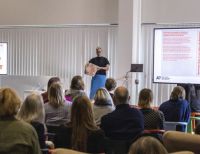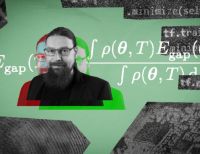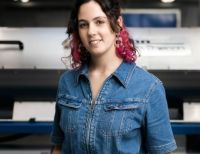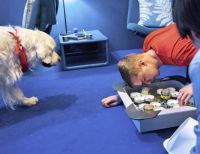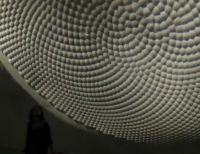The navigation software controlling the robot is named InVesalius and has been developed by Aalto researchers Victor Hugo Souza, Ana Soto de la Cruz and Renan Matsuda.This is a result of a long-term collaboration with Professor Oswaldo Baffa at the University of Sao Paulo and with the Center for Information Technology Renato Archer, both in Brazil. Part of the electromagnetic modeling needed for stimulus targeting has been developed using algorithms and software developed by the Senior University Lecturer Matti Stenroos.
‘The software recognizes the position of the patient’s head and guides the stimulator to a target using the anatomy of the brain, working just like a GPS. The 5-coil device covers an area 30 millimeters wide, and with the robot we can use automation to cover wider regions. Meanwhile, we are focusing on increasing the number of coils which will allow us to create treatment paradigms that were not possible before,’ says Souza.
‘According to a brain response, there will be a readjustment in the treatment. This allows super accurate personalization, and you can monitor the progress for each patient’, Kičić says.
The project involves dozens of researchers at Aalto specialising in different areas. For example, Olli-Pekka Kahilakoski and Heikki Sinisalo are working on the overall development of the device software and electronics, and Ida Granö, Matilda Makkonen, Hanna Pankka, Tuomas Mutanen, and Pantelis Lioumis are working on methods for processing real-time electroencephalogram (EEG) measurements to decide where and when to stimulate the brain – faster than currently.
‘Aino Nieminen's doctoral thesis was the first to study magnetic stimulation using algorithms. For the first time, it was possible to find a muscle response site in the brain in less than a minute, which would have taken ten minutes previously. Saving time is important because the hourly cost of treatment is very high,’ says Ilmoniemi.
The muscle response is used to find the appropriate pulse intensity for each patient. The implementation of these algorithms to the robotic setup is still a work in progress.
ConnectToBrain laboratory located in the Aalto University Department of Neuroscience and Biomedical Engineering has one of the most advanced infrastructures for brain stimulation research in the world. On November 18, multi-locus TMS technology will be on display at the Aalto Slush booth where Dubravko Kičić and Victor Souza will present the technology and its applications.











